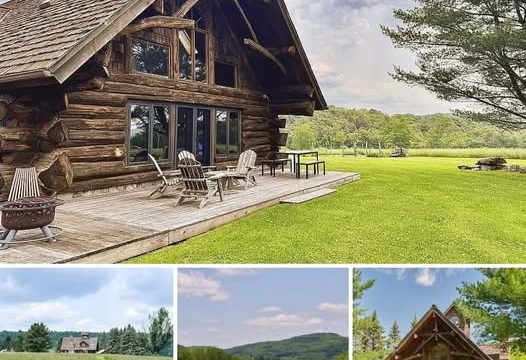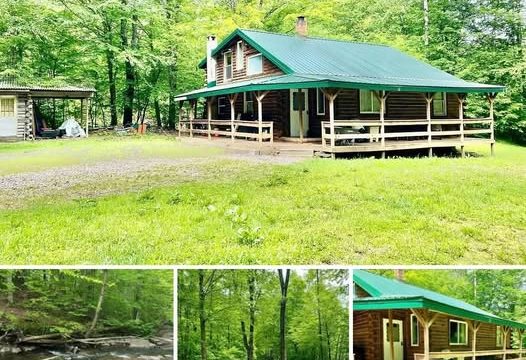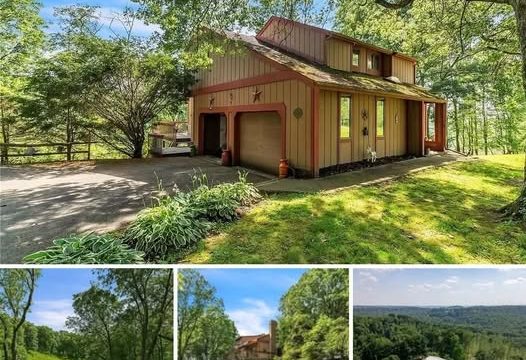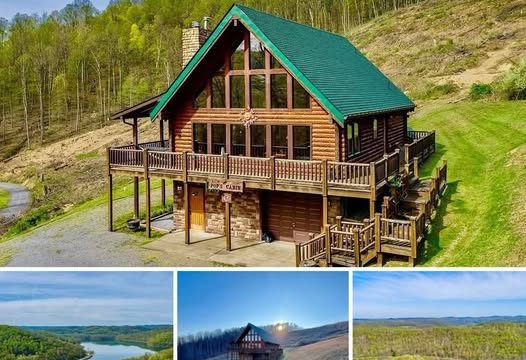Growing fresh produce all year long—even in cold or unpredictable climates—is no longer just a dream. Enter the underground greenhouse, also known as a walipini. This ingenious method harnesses the Earth’s natural insulation to create a stable, protected environment for your plants, even through winter.
Whether you’re aiming for sustainable living, food independence, or just love fresh greens in every season, this guide walks you through everything you need to know to build your own underground greenhouse from scratch.

🌡️ Why Choose an Underground Greenhouse?
Unlike traditional greenhouses that are exposed to the elements, an underground greenhouse stays cozy and consistent—even when snow’s on the ground.
Here are some powerful advantages:
✅ Natural Temperature Control: A few feet below the surface, the ground remains stable year-round—usually between 50°F–60°F (10°C–15°C).
✅ Protection from Weather: Shielded from wind, hail, and snow, your crops are safe from most natural threats.
✅ Extended Growing Season: Grow leafy greens, herbs, root vegetables, and more—even in winter.
✅ Eco-Friendly & Cost-Efficient: Reduce your reliance on artificial heating and electricity.
📍 Step 1: Choose the Right Location
Your greenhouse’s success depends on where you place it.
🔆 Maximize Sunlight: In the Northern Hemisphere, face the greenhouse opening south to capture the most sunlight. In the Southern Hemisphere, face it north.
💧 Ensure Good Drainage: Avoid flood-prone areas. If needed, use gravel or raised beds to prevent water buildup.
🚪 Easy Access: Make sure you can reach the greenhouse even in bad weather—especially if you’ll be tending to it daily.
⛏️ Step 2: Start Building – Key Construction Elements
a. Dig the Pit
- Depth: Aim for 8–10 feet deep (2.5–3 meters), or below your region’s frost line.
- Size: A common size is 10 ft x 20 ft (3 m x 6 m), but you can scale it to suit your needs.
b. Build the Walls
- Use earthbags, bricks, concrete blocks, or stone.
- Insulate the back (north-facing) wall with straw bales, foam panels, or reclaimed insulation boards to retain heat.
c. Add the Roof
- Use transparent materials like UV-treated greenhouse plastic, polycarbonate panels, or glass.
- Angle the roof (ideally 30–45°) to optimize sunlight and shed rain/snow easily.
d. Flooring Options
- Gravel is ideal for drainage.
- Soil floors are fine too—just monitor for moisture buildup.
- You can use concrete for pathways or workspaces.
e. Ventilation Matters
- Install roof vents, side windows, or a small fan for proper airflow.
- Add a door at each end for easy access and cross ventilation.
🔧 Step 3: Maintain Your Greenhouse
🌡️ Monitor Temperature & Humidity: Use a basic digital thermometer and hygrometer. Add insulation or adjust ventilation as needed.
🦟 Check for Pests: Being underground can attract insects and rodents. Use natural deterrents and keep it clean.
💦 Watering: Since humidity may be higher, check moisture levels frequently to avoid overwatering.
🌿 Pro Tips for Even Better Results
💧 Add Water Barrels: Place large dark containers of water inside. They absorb heat during the day and release it at night—helping maintain steady warmth.
🛏️ Use Raised Beds: Improves drainage and makes planting easier.
🪞 Reflective Walls: Line the inside walls with white paint, aluminum foil, or reflective panels to bounce light onto your plants.
🥕 What Can You Grow in an Underground Greenhouse?
- Winter Greens: Kale, spinach, arugula, lettuce
- Root Crops: Carrots, beets, radishes
- Herbs: Parsley, cilantro, thyme
- Spring Starts: Get a head start on tomatoes, peppers, and cucumbers
With proper ventilation and care, you can rotate crops year-round!
🌱 Final Thoughts
An underground greenhouse is more than just a garden project—it’s a sustainable lifestyle investment. While it takes time, planning, and some digging, the payoff is incredible: fresh produce all year long, protection from the elements, and peace of mind in knowing you’re growing your own food—even in the coldest months.
So grab your shovel, find your spot, and start building your very own Earth-powered food haven.
Inspired by this idea? Share it with friends or fellow gardeners who love green innovation!





